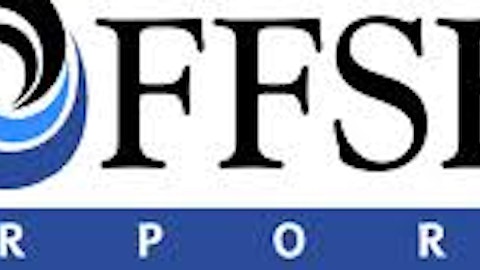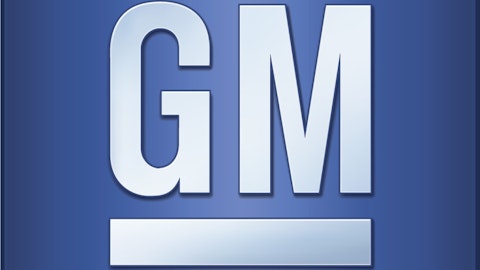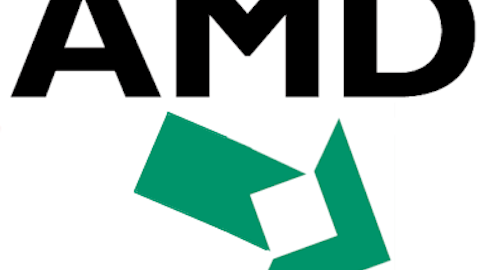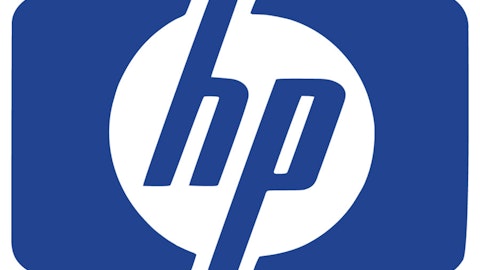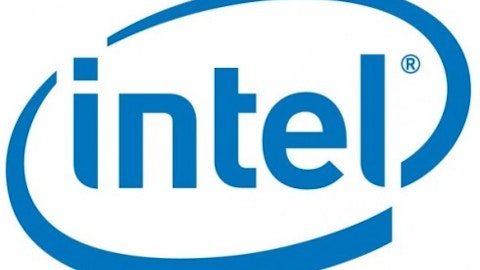Excluding one-time items, HP expects to earn 80 to 82 cents per share in the current quarter, while analysts estimated earnings of 77 cents per share. A look at the following table will also confirm HP’s turnaround. The difference between the EPS estimate and the EPS actual (surprise) has been highest for this quarter ended, thus showing that it has beaten analyst forecasts.

What could be the growth factors for this past quarter?
All PC markers are currently seeing a slowdown, and HP is no different as the PC business of the company has been affected by the increasing popularity of tablets and other mobile devices
HP is going through a strategic and operational transformation process. So in order to strengthen its business model, the company has been implementing new restructuring plans over the last four quarters. It is yet to be seen whether these initiatives can help the reverse the negative revenue growth trend it has seen in the last few quarters. However, the actions may be expected to have a positive impact on margin and EPS performance throughout the year.
Although the company reported a revenue and gross margin decline, which resulted in a net loss, proper cost control and strategic initiatives should help the company improve its financial results.
Demand for PCs has dropped with the emergence of tablets and smartphones, lack of innovation and flagging economies. The PC businesses at HP and Dell Inc. (NASDAQ:DELL)—in first and third place, respectively, for global PC shipments—are struggling as the companies focus on high-margin enterprise offerings. This puts Asian firms, which are developing innovative consumer products, in a better position to lead the volume PC market. IDC is projecting annual worldwide PC shipment growth of just 2.8 percent year-over-year for 2013, and single-digit growth once again in 2014. This comes after a rough 2012 in which PC shipments fell by 3.2 percent compared to 2011. PC shipments fell for HP and Dell, which were hurt by the weak economies in the U.S. and Europe. Lenovo, Asus, and Samsung bucked the trend by increasing worldwide PC shipments last year, even in the U.S. market.
HP’s stock has also been hurt by a number of strategic mistakes that wasted the company’s resources and talent. In 2001, HP made the first strategic mistake, the purchase of Compaq Computer, which was supposed to provide the company with the scale advantage in the PC market to compete effectively against Dell Computer, International Business Machines Corp (NYSE:IBM) and all sorts of emerging Asian competitors. The problem, however, was that the PC market was already saturated and ravaged by price wars, as the PC was turning into a “commodity.” Besides, Compaq Computer itself didn’t have an internal innovation system, but it relied on external acquisitions to expand its product portfolio (buying up Tandem Computer, and Digital Equipment Corporation).
Meanwhile, there are questions about the future of HP and Dell in the PC business as they try to morph into mini-IBMs with a growing enterprise product portfolio. The uncertainty could cause HP and Dell customers to move to Lenovo and Asus, who are committed to consumers and PCs.
In 2011 HP mulled over getting rid of its PC business, and Lenovo is inching closer to becoming the world’s top PC maker. Dell is already de-emphasizing the PC business, and announced it would go private, leaving customers with questions about the company’s continued interest in desktops and laptops.
A look at the following chart shows that HP’s forward PE ratio is not as good as that of its competitors, but its operating margin is better than that of Dell’s. HP’s quarterly revenue growth is also better than that of Dell’s, which has recently released its earnings report – bleaker than ever – shedding light on the future of the crumbling US Wintel PC empire, which has been gobbled up by Apple Inc. (NASDAQ:AAPL)and a majority of Asian players like Lenovo, Asus, and Acer.
However, there have been some bright spots for HP in the computer market. Its share of fast-growing ultrathin notebooks was 14 percent in the fourth quarter, according to IDC, second only to Apple’s. Whitman has also said the company will eventually re-enter the smartphone market, after discontinuing phones using software from its Palm Inc. acquisition in 2011.
With the stock currently trading at above the 50-day and 100-day moving average and HP showing significant signs of resuscitation, what does it mean for investors? Is it time to buy?
Well, it depends on the investment horizon of individual investors. Short-term oriented investors may want to take profits at this point, as the stock had a big run-up from its lows at the end of the year. Long-term investors may want to begin accumulating the stock, betting on Meg Whitman’s turnaround plan!
The article Is HP Showing Signs Of Resuscitation? originally appeared on Fool.com.
Copyright © 1995 – 2013 The Motley Fool, LLC. All rights reserved. The Motley Fool has a disclosure policy.
